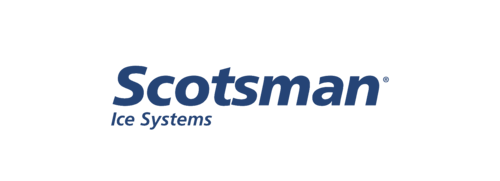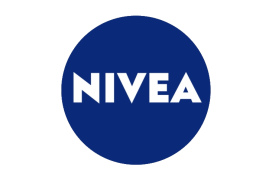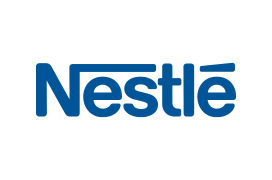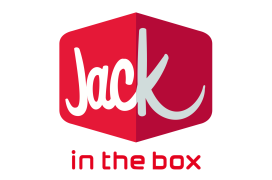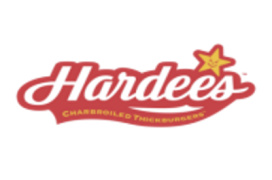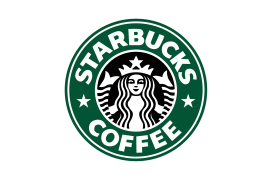Display of Things
The digital future of physical places
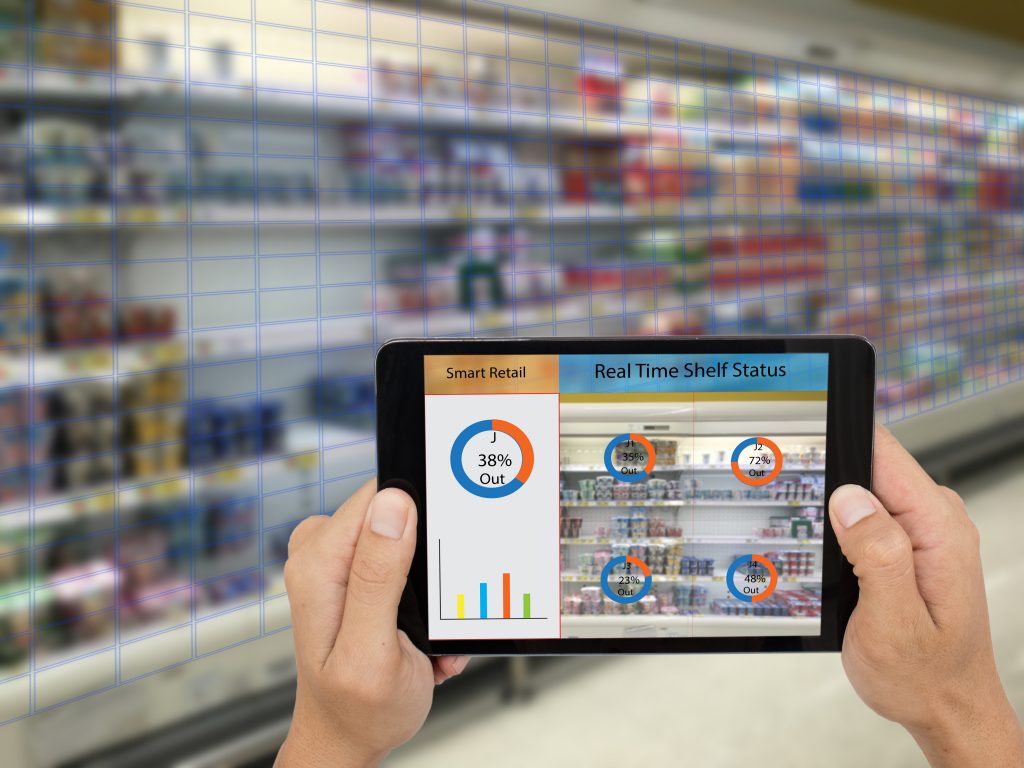
Todays in-store consumer experience is about to go through a radical change that will catch up with the science and data of e-Commerce sites
Physical commerce has been at the mercy of e-tailing for many years due to one-click ordering, efficient delivery and most of all, an abundance of product and consumer data.
The brick-and-mortar store of the future needs to provide a digital experience that makes it compelling for consumers to revisit on a regular basis. HelloThing is helping to reinvent the in-store experience through its “Display of Things” solution.
Physical stores have very little understanding of who their in-store customers are, or how they behave.
So many touch points in a store environment are unconnected; they could be used to better understand consumer behavior. How do you convert in-store consumer data such as age, gender, repeat visitors, dwell time and emotional state into actionable data?
This is what the “Display of Things” solution does. It makes sense of the data and instantly displays relevant content to the consumer. The content is presented through any connected device, such as display screens, or digital shelf edge displays. That’s the easy bit. Our secret sauce lies in the platform being able to intelligently connect to external systems too. It connects to Point of Sale, Content Management Systems, Inventory Systems, Data Visualization apps or any hardware or software that has open access.
This allows the store owner to act on powerful data such as pushing real time offers; or using the data to change store layouts or merchandising strategy.
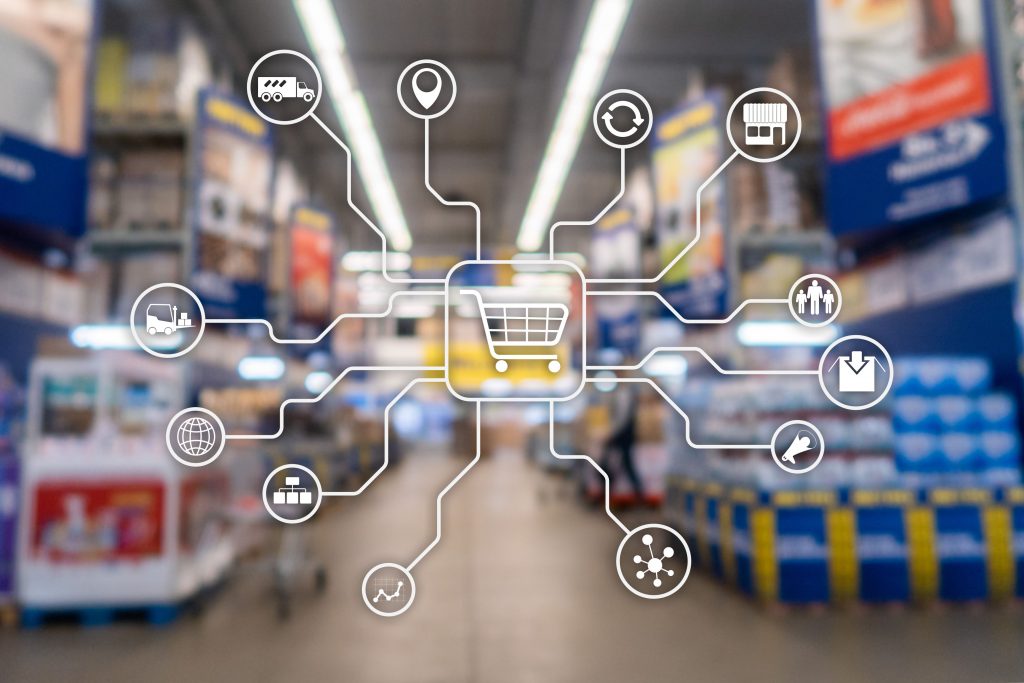
The Display of Things solution makes sense of Inputs and Outputs in physical places.
Inputs are “Things” such as sensors or cameras. Outputs are “Displays” such as digital screens or LED shelf edges. The HelloThing platform sits in the middle and intelligently displays content to appropriate screens.
The Display of Things solution makes sense of Inputs and Outputs in physical places.
Inputs are “Things” such as sensors or cameras. Outputs are “Displays” such as digital screens or LED shelf edges. The HelloThing platform sits in the middle and intelligently displays content to appropriate screens.
Input

Things
Intelligence

Output

Display
Input
Things

Intelligence


Output
Display
Things
The solution starts with sub $100 cameras and a powerful AI engine for data collection utilizing facial analysis. All customer data is collected anonymously. HelloThing never seeks to identify personal data and adheres to the framework of “Privacy by Design”.
Cameras are plug and play; they can be moved to any location. The cameras connect to the cloud via mobile data – no installation or in-store security compromises.
Continuous in-store data collection allows locations to drive marketing campaigns, optimise processes and merchandising, targeted marketing information, product tracking and many other use cases.
The HelloThing platform is not limited to computer vision though. It can ingest multiple inputs from sensors or external systems and display content according to its intended use. For example, Point of Sale systems can trigger marketing campaigns to specific merchandising shelves.
Display
We add intelligence to the screen displays; enabling screens to seamlessly connect to customized use cases, specific to physical locations.
We provide a unique middleware, the Smart Connector. It takes outputs from digital menu boards, video walls, touch kiosks, outdoor signage, shelf tags and converts them into the most appropriate content to display. The Smart Connector ensures that the screen displays the input source according to its intended use e.g. a digital menu board at a location can display dynamic pricing for menu items, specials and promotions, update menu images, and order confirmations via the POS.
The Connector works at the individual screen level, whereby thousands of screens across various locations can display customized content. The input in the above example is a POS system but could include any sensor e.g. motion, air quality, temperature, camera systems, facial recognition, external data visualization systems etc
